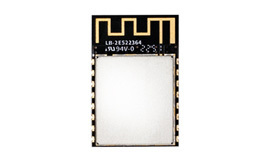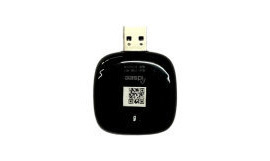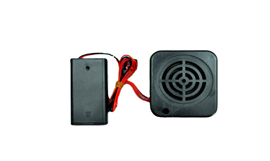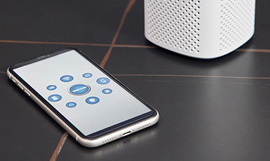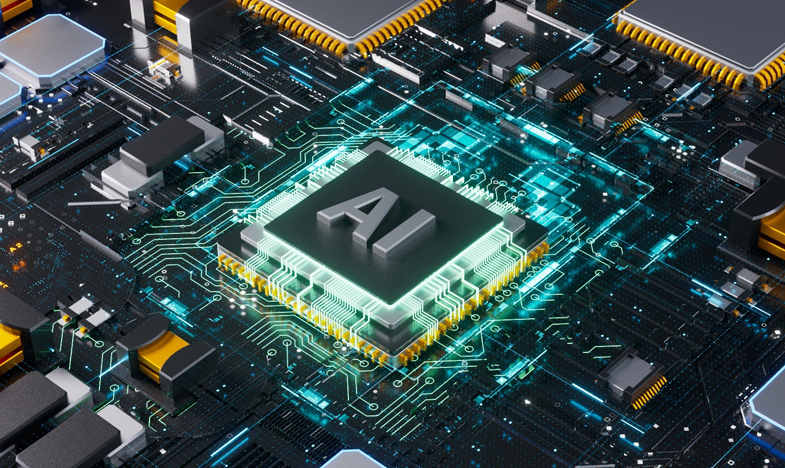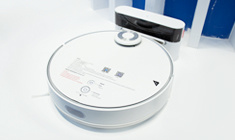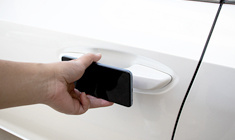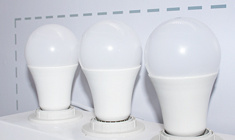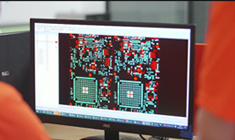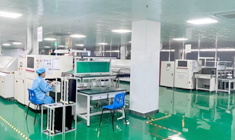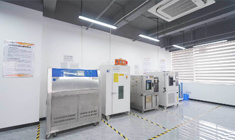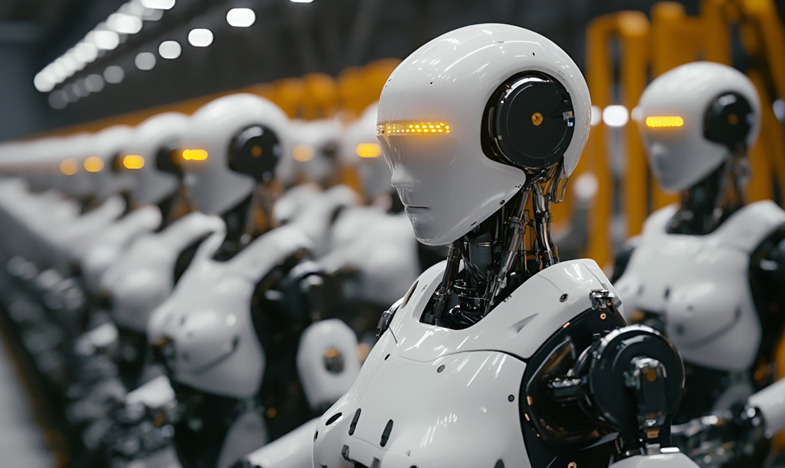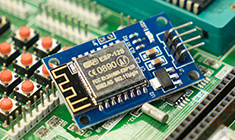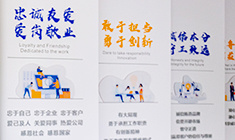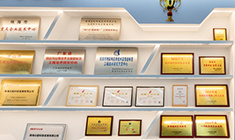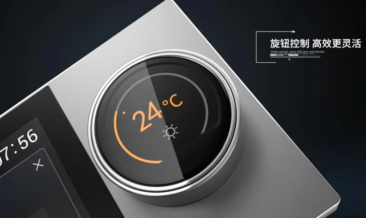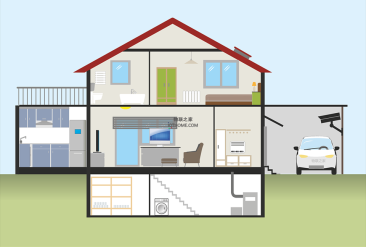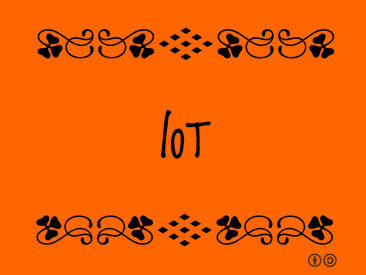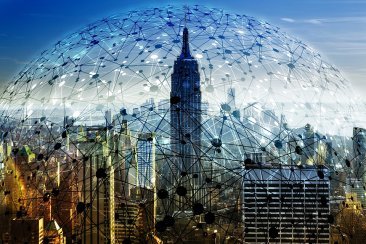
Iot Analytics: Collecting, analyzing, and responding
Release Time:
2021-02-19
Internet of Things technology has already become an integral part of many industries. The emphasis is on data analysis, which is based on the processing and analysis of large amounts of data. Intelligent visualization of data helps companies make better decisions, increase user experience and develo
Internet of Things technology has already become an integral part of many industries. The emphasis is on data analysis, which is based on the processing and analysis of large amounts of data. Intelligent visualization of data helps companies make better decisions, increase user experience and develop better business strategies.
According to Gartner, there were 14.2 billion connected devices in use in 2019 alone, and that number is expected to rise to 25 billion by 2025. This shows that the widespread adoption of iot applications has not only proved its usefulness, but has also become a big trend in the development of information technology. Today, we're going to introduce you to Internet of Things analytics.
As we discussed in our previous post, the Internet of Things is basically a network of interconnected objects, devices, and sensors. In this network, devices are able to interact with each other and exchange large amounts of data over the network. In essence, it makes everyone and everything connected -- from consumers in smart homes to large businesses taking advantage of this technology.
MarketsandMarkets reports that the overall iot market size is expected to grow from $170.57 billion in 2017 to $556.144 billion by 2022, representing a compound annual growth rate of 26.9 percent.
Internet of Things application analysis
With cheap sensors and low-cost connectivity, Internet of Things applications are starting to easily generate large amounts of useful data. However, sometimes the amount of data is so large and complex that it is difficult to understand. Therefore, data analysis based on artificial intelligence (AI) systems and using machine learning (ML) technology is essential for iot applications. Cloud services such as AWS/Azure iot open up huge possibilities for effective iot analytics. Data analytics is a powerful tool that can help companies make informed decisions, prevent losses, and predict outcomes.
Types of iot analysis
1. Real-time analysis
Real-time analytics refers to artificial intelligence-powered systems performing automated data analysis of data collected from various sensors in real time. It allows companies to track various corporate processes and respond immediately to potential failures.
2. Descriptive analysis
Descriptive analysis focuses on current conditions and is based on monitoring of iot devices, operational processes and asset conditions. Analytics ensures that everything is going according to plan and notifies the user when something unusual happens. For the most part, descriptive analysis can inform iot dashboards, which are filled with graphs, charts, maps, and tables. It helps to easily visualize and display all the data received from iot devices.
3. Diagnostic analysis
Diagnostic analysis identifies areas of inefficiency and core problems and makes recommendations on how to solve or avoid them. A constant stream of real-time data and Internet of Things dashboards enable company executives to react quickly to changes or issues as they occur and make informed decisions.
4. Predictive analysis
Using iot application analytics enables companies to make more accurate forecasts and improve performance. Predictive analysis-based systems can analyze large amounts of data from a variety of sources within and outside the organization.
5. Historical analysis
Historical analysis focuses on analyzing data stored in the past to identify specific trends, correlations, and patterns that can in turn provide valuable insights into corporate performance. Its use in real-time parameters helps detect trends and predict conditions and events that may occur at a given time.
Internet of Things analytics
Iot data analytics can be used for a variety of purposes, from predicting customer needs to security monitoring. We list below some of the most relevant and useful applications of iot analytics in industries.
▲ Marketing analysis
Leveraging analytics, iot technology can dramatically improve many aspects of marketing and sales. First, data analytics can predict customer demand and predict trends based on product usage and reviews; Second, product usage analysis can help companies provide new value-added services that are attractive to customers. Finally, if the analytics system recognizes that a customer is leaving based on data gathered from various sources, it can set more flexible prices, discounts, or more attractive subscription models. Embedded in iot application analysis, marketing can provide more personalized services and give users a better experience.
▲ Real-time maintenance of manufacturing industry
With iot data analytics, manufacturing companies can leverage automated real-time maintenance to improve productivity. The data analysis system processes the data from embedded devices, recognizes certain patterns and sends notifications when anomalies are found.
▲ Surveillance video analysis
Compared with traditional surveillance cameras, surveillance based on video analysis is more effective in preventing crimes and accidents, so it is attracting increasing attention. The monitoring system is embedded with smart sensors that can collect multiple images, videos and recordings, which can be processed and analyzed in real time through iot application analytics.
▲ Intelligent medical treatment
In recent years, with the rapid development of Internet of Things technology and connected medical devices, data analytics supported by the Internet of Things has successfully penetrated the healthcare field. As iot medical devices provide the data necessary for analytics, AI-based systems can visualize all collected and processed data on application dashboards, or display the data in a way that users can understand. In addition, if the system identifies abnormalities, such as high blood pressure, during the patient's health monitoring, it automatically provides alerts and initiates a response from medical experts.
▲ Intelligent Transportation
By connecting iot devices and intelligently analyzing data, the transportation industry can greatly improve safety, manage congestion more effectively and enhance the customer experience. When tracking vehicles, iot app users can digitally model fleet operations to improve driver safety, improve fuel efficiency and avoid traffic congestion.
summarize
Iot technology is a powerful tool for many businesses and industries. By connecting things, processes, and users, it simplifies many operational processes, thereby increasing overall productivity. An integral part of every iot application is data analytics capabilities based on processing and analyzing large amounts of data. The data is actually collected from thousands of connected devices. Whether in healthcare or manufacturing, iot application analytics can improve business efficiency and operational productivity. In addition, intelligent visualization of data helps companies make more informed decisions, enhance user experience and develop better business strategies.
Reprinted in the House of Things

Guangdong Joinet IOT Technology Co.,Ltd
Manufacturing Base:
Joinet Technology Park,No. 168 Tanlong North Road,Tanzhou Town,Zhongshan City,Guangdong Province,China
Pre Sales Hotline:19966308713 13823973022
Switchboard:0760-8663 0003 (transferred) 523
Pre Sales Email:sw@znaiot.com

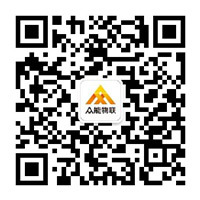
Contact Us:
Looking forward to your call anytime



